


Framed or unframed, desk size to sofa size, printed by us in Arizona and Alabama since 2007. Explore now.
Shorpy is funded by you. Patreon contributors get an ad-free experience.
Learn more.

- Lofty addition
- In 1912
- Keenan Building
- Six years old
- Taken from the P.J. McArdle Roadway?
- It stood only 47 years
- Three track mind
- Incline to the right
- Reach for the sky, 1912 style
- No clean sweep
- Same Job Title, Same Face
- Sadly Lost
- Beautiful ...
- Where you get your kicks
- Aim High
- Pueblo Revival sisters
- Pueblo Neoclassicism
- Milk Man
- Regional dialect.
- Spielberg's inspiration
- Great Photo
- Loaf Story
- Do you still have the Rakes category?
- Could almost be a scene from the 1957 movie 'Hell Drivers'
- The Wages of Fear.
- Conspicuous by their absence
- Got Milk?
- All that aluminum
- No lefties
- Smoke 'em if you've got 'em
Print Emporium
Rolling Coal: 1942
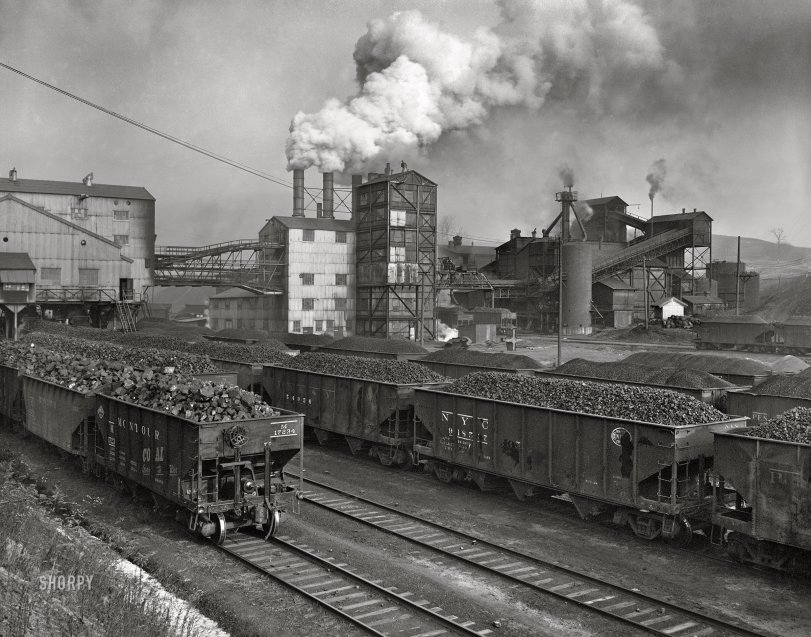
November 1942. "Pittsburgh, Pennsylvania (vicinity). Champion No. 1 cleaning plant. Loaded coal cars ready for market." Photo by John Collier, Office of War Information. View full size.
Coal sizes
I'm old enough to remember steam locomotives. A branch line separated two sections of my grandfather's farm, and I recall picking up huge chunks of coal that fell off overloaded tenders, some of them easily 12 inches or more in diameter. Coal was the common fuel in those days, and we used stove coal in the furnace. The water heater was fired with pea coal.
This is not anthracite (hard) coal.
This is bituminous (soft) coal, a higher sulfur coal -- smokier and more ash. There were different grades of soft coal, and this is most likely from the West Kittanning B seam. A very high heat to ash coal. The steel mills just ate this stuff up. Soft coal was mined in the western part of Pennsylvania along with West Virginia and Kentucky down the Appalachians, hard coal specifically to eastern Pennsylvania.
Anthracite coal sizes
I was intrigued by the different sizes of coal in the various cars, so I looked it up and discovered the following (from smallest to largest, by name of size): barley (size of coarse sand), rice (pencil eraser), buckwheat (dime), pea (quarter), chestnut (golf ball), stove (baseball), and egg (softball). But I’m still a bit confused because those chunks in the cars on the left are certainly bigger than softballs.
CLEAN coal???
This has nothing to do with modern claims of cleaner (less polluting) coal. I did some research and this is about cleaning the dirt and detritus from the dirty coal. It looks cleaner but still burns dirty!





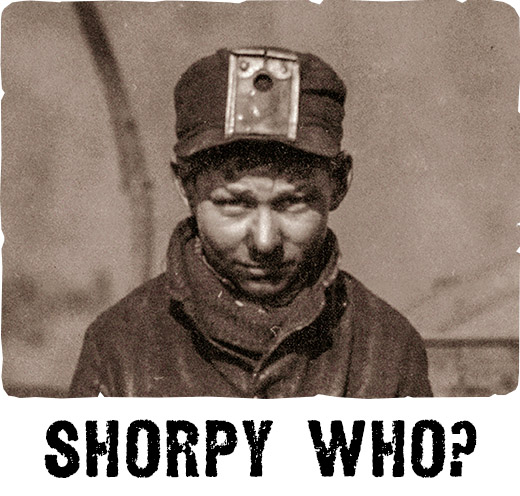
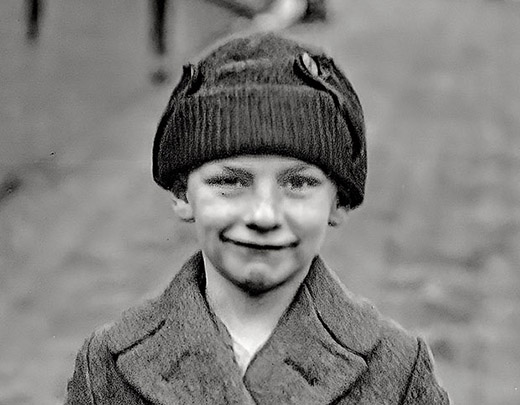
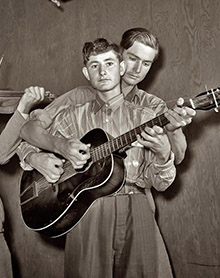
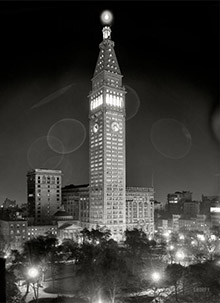
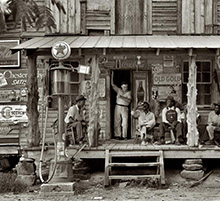
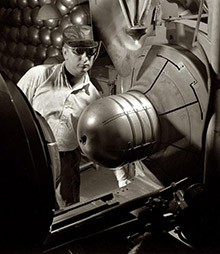
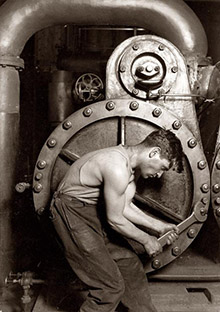

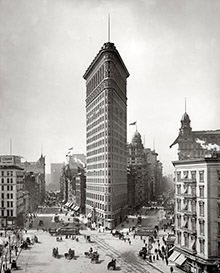
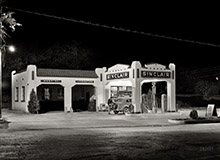
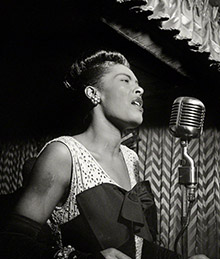
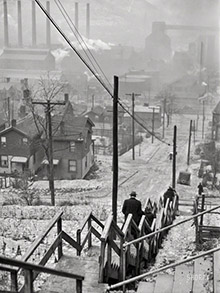
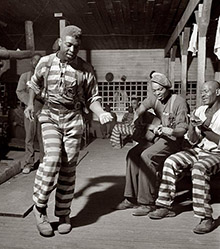
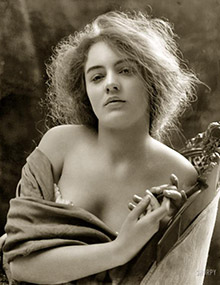
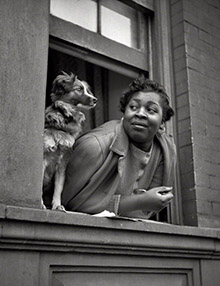
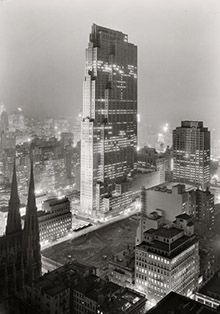
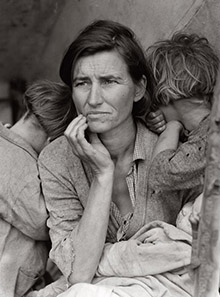
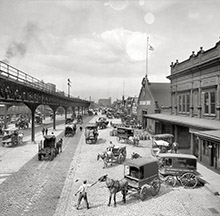
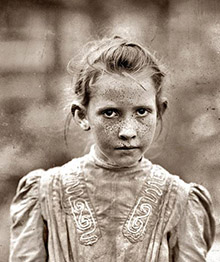
On Shorpy:
Today’s Top 5